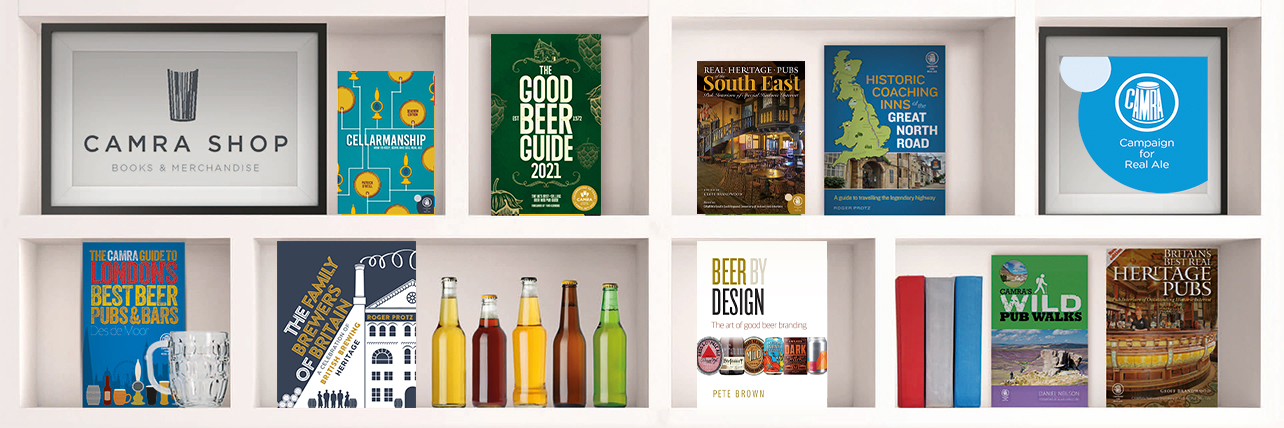Learn & Discover
Learn & Discover
Community Ownership of Working Men’s Clubs
When I think of what distinguishes a pub from a club, I think of the radical nature of their ownership. At times where I feel helpless about the lack of control I have over the numerous elements of my life I find the concept of social clubs a soothing balm to that helplessness. When so many of the brands I surround myself with act only in the interest of themselves, it gives me hope that there are areas of my city who act in the interest of their members and their community.
So now we know what a working man’s club is thanks to the wonderful Katie Mather, let’s explore the revolutionary way in which Social and Working Men’s Clubs are owned and managed.
Rachel Hendry
A wine and cider writer, featured in Wine52’s Glug magazine, Pellicle magazine, Burum Collective and Two Belly. The mind behind wine newsletter J’adore le Plonk and an untiring advocate for spritzing every drink she can get her hands on.
Community Ownership of Working Men’s Clubs
When I think of what distinguishes a pub from a club, I think of the radical nature of their ownership. At times where I feel helpless about the lack of control I have over the numerous elements of my life I find the concept of social clubs a soothing balm to that helplessness. When so many of the brands I surround myself with act only in the interest of themselves, it gives me hope that there are areas of my city who act in the interest of their members and their community.
So now we know what a working man’s club is thanks to the wonderful Katie Mather, let’s explore the revolutionary way in which Social and Working Men’s Clubs are owned and managed.
Rachel Hendry
A wine and cider writer, featured in Wine52’s Glug magazine, Pellicle magazine, Burum Collective and Two Belly. The mind behind wine newsletter J’adore le Plonk and an untiring advocate for spritzing every drink she can get her hands on.

What differentiates a club from a pub?
First things first: what is the difference between a pub and a club?
A pub is a communal drinking space owned and operated by corporations of varying size, any profits that are made go back into the hands of the owners. However, a club is a space for its private members who pay a fee (and often their guests). As a result, they are operated and governed for the benefit of said members and any surplus profit is reinvested back into the club for the benefit of its members.
It is impossible to write about clubs without referencing the incredible work of Ruth Charrington. In her fantastic book: Not Just Beer and Bingo! A Social History of Working Men’s Clubs she sums up the origins of clubs as follows:
“[It was about seeking] an alternative to the pub, which though often at the centre of social life, was ultimately about making money for the proprietor. Clubs would be owned and managed by members, with all the social life of the pub but minus the profit motive.”
The nature of club ownership doesn’t just differentiate it from a pub, it forms a prime example of how community owned spaces can work not just on a local level, but on a national scale.

What differentiates a club from a pub?
First things first: what is the difference between a pub and a club?
A pub is a communal drinking space owned and operated by corporations of varying size, any profits that are made go back into the hands of the owners. However, a club is a space for its private members who pay a fee (and often their guests). As a result, they are operated and governed for the benefit of said members and any surplus profit is reinvested back into the club for the benefit of its members.
It is impossible to write about clubs without referencing the incredible work of Ruth Charrington. In her fantastic book: Not Just Beer and Bingo! A Social History of Working Men’s Clubs she sums up the origins of clubs as follows:
“[It was about seeking] an alternative to the pub, which though often at the centre of social life, was ultimately about making money for the proprietor. Clubs would be owned and managed by members, with all the social life of the pub but minus the profit motive.”
The nature of club ownership doesn’t just differentiate it from a pub, it forms a prime example of how community owned spaces can work not just on a local level, but on a national scale.
Or LOG IN for unlimited access to Learn & Discover
JOIN CAMRA
Or JOIN CAMRA for unlimited access to Learn & Discover
Section sub title goes here
Lorem ipsum dolor sit amet, consectetur adipiscing elit. Nullam lobortis vel sapien nec faucibus. Morbi consectetur pulvinar lectus, vitae sodales tellus. Sed sagittis aliquam convallis. Duis mollis libero eu massa luctus, id euismod urna fringilla. Aenean condimentum accumsan leo nec eleifend. Maecenas ullamcorper est non justo pulvinar accumsan. Nam facilisis, lacus a aliquet ornare, metus velit mattis leo, eget sodales quam ligula et nisl.




